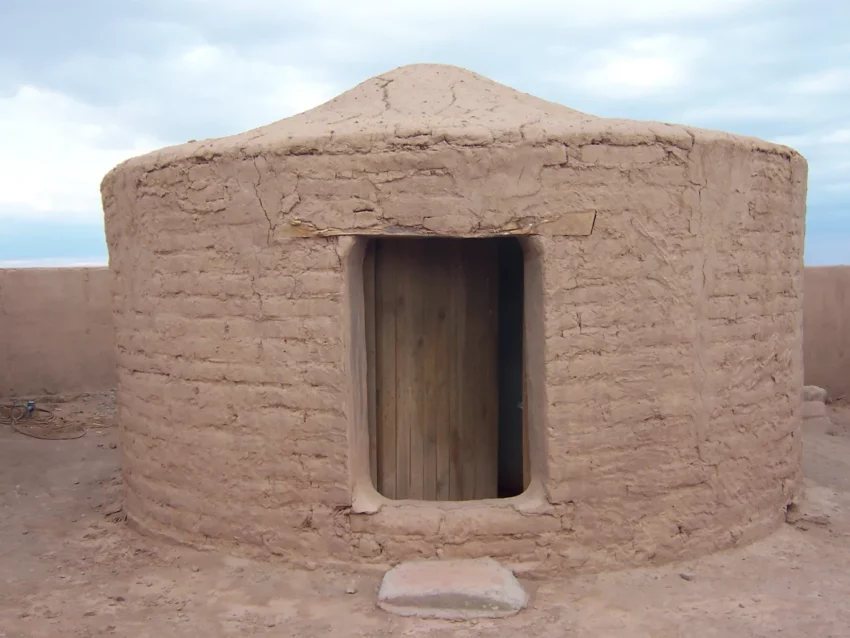Exploring the Ancient Village of Tulor
Tulor, an archaeological gem, lies in Chile’s Norte Grande region near San Pedro de Atacama. This ancient site spans 5,200 square meters, boasting 22 outlying structures. Its remains stretch 2 kilometers east to west, dating back to between 380 BC and 200 AD. Most of Tulor’s buildings, however, were erected between 800 AD and 1200 AD. The site features circular mud walls and vaults, showcasing its unique architectural style.
Get your dose of History via Email
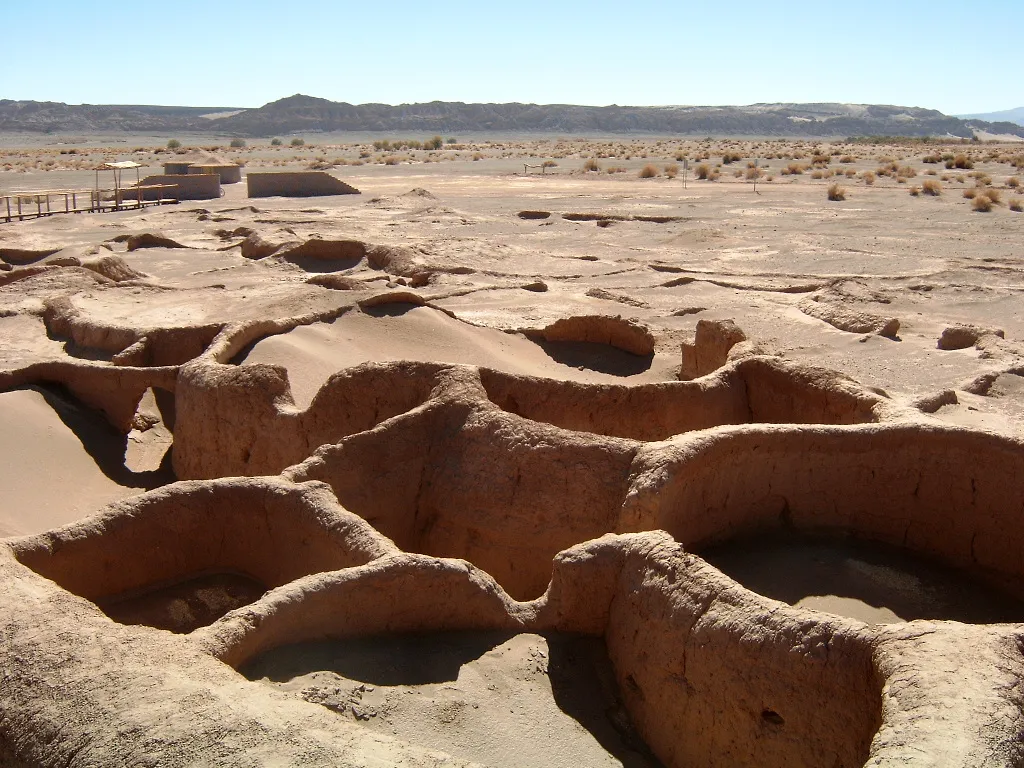
Tulor’s Historical Significance
In 1998, the World Monuments Fund recognized Tulor’s importance, listing it among the 100 Most Endangered Sites. Despite this, minimal protective measures were taken, leading to its re-listing in 2006. This highlighted the urgent need for preservation efforts.
Unearthing Tulor’s Secrets
Discoveries at Tulor include various artifacts, from boreholes to human remains. Boreholes, circular clay walls dug for water, revealed much about the site’s past. In June 1974, archaeologists organized these boreholes by stratigraphy, helping them understand how the population vanished. This disappearance wasn’t due to climatic changes but rather increased drought. Excavations unearthed lithic tools, human and animal bones, ceramics, carbon, and seashells, indicating a Mesolithic era connection.
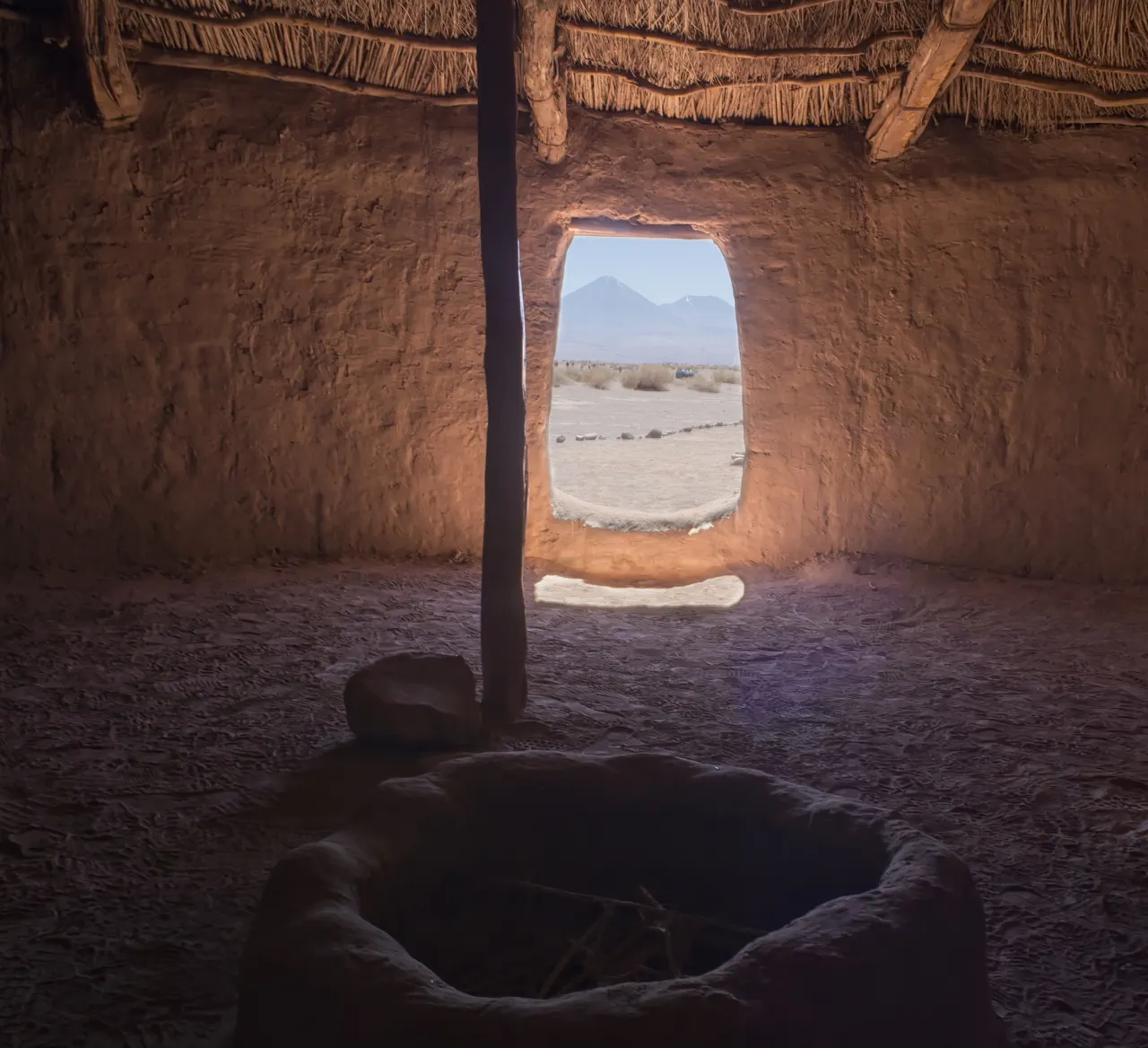
The Village’s Unique Architecture
Tulor, one of northern Chile’s oldest sedentary sites, lies 7.7 km southwest of San Pedro de Atacama. Nestled between the Cordillera de la Sal and sand dunes, it reflects a dry, changing environment. Jesuit Father Gustavo Le Paige first discovered its remains in 1956, with further excavations by Ana María Barón in 1980.
The village features interconnected circular structures used for various daily activities. Its architecture mirrors that of pre-Columbian cultures in the Andes, Bolivia, and northeastern Argentina. Tulor showcases a shift to a productive lifestyle, complementing ancient pastoral traditions. The nearby San Pedro River supported agriculture, fostering a sedentary lifestyle and social transformation.
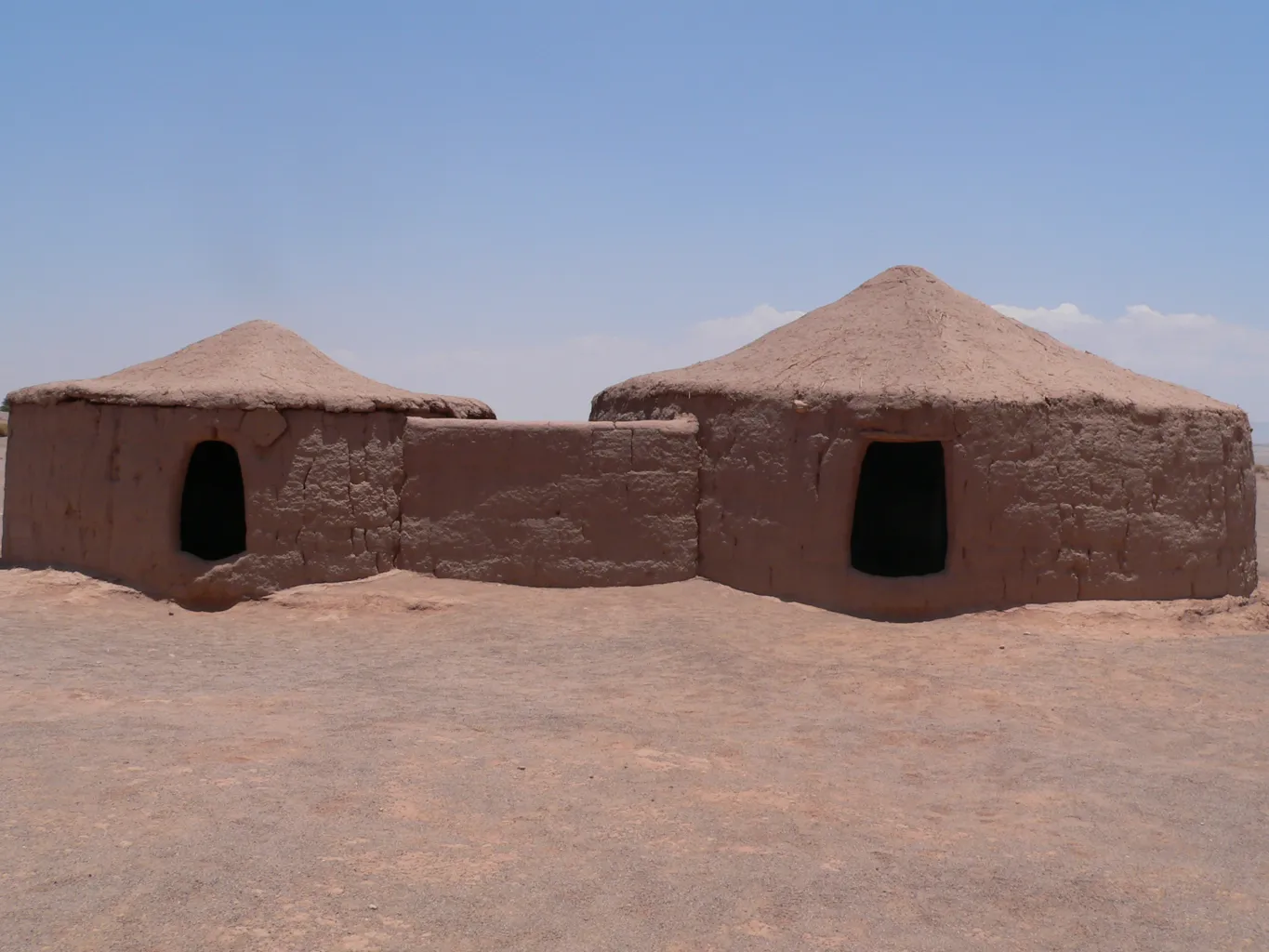
Cultural and Economic Hub
Tulor’s residents engaged in significant trade and exchange, evident from the archaeological remains. Beads made from Pacific shells, intrusive ceramics, and other goods indicate the village’s role as a cultural and economic intermediary. This trade, facilitated by llama caravans, linked the Altiplano, Puna, Atacama Desert, and the coast, forming a vast network.
Artifacts at Tulor reveal a rich cultural exchange through items made of clay, wood, bone, leather, and textiles. The ceramics found there, especially the thick gray and polished black types, hint at daily practices and site occupation until the 5th century AD. These finds suggest connections with the Tiwanaku State from Lake Titicaca, although such influences remain undetected in Tulor.
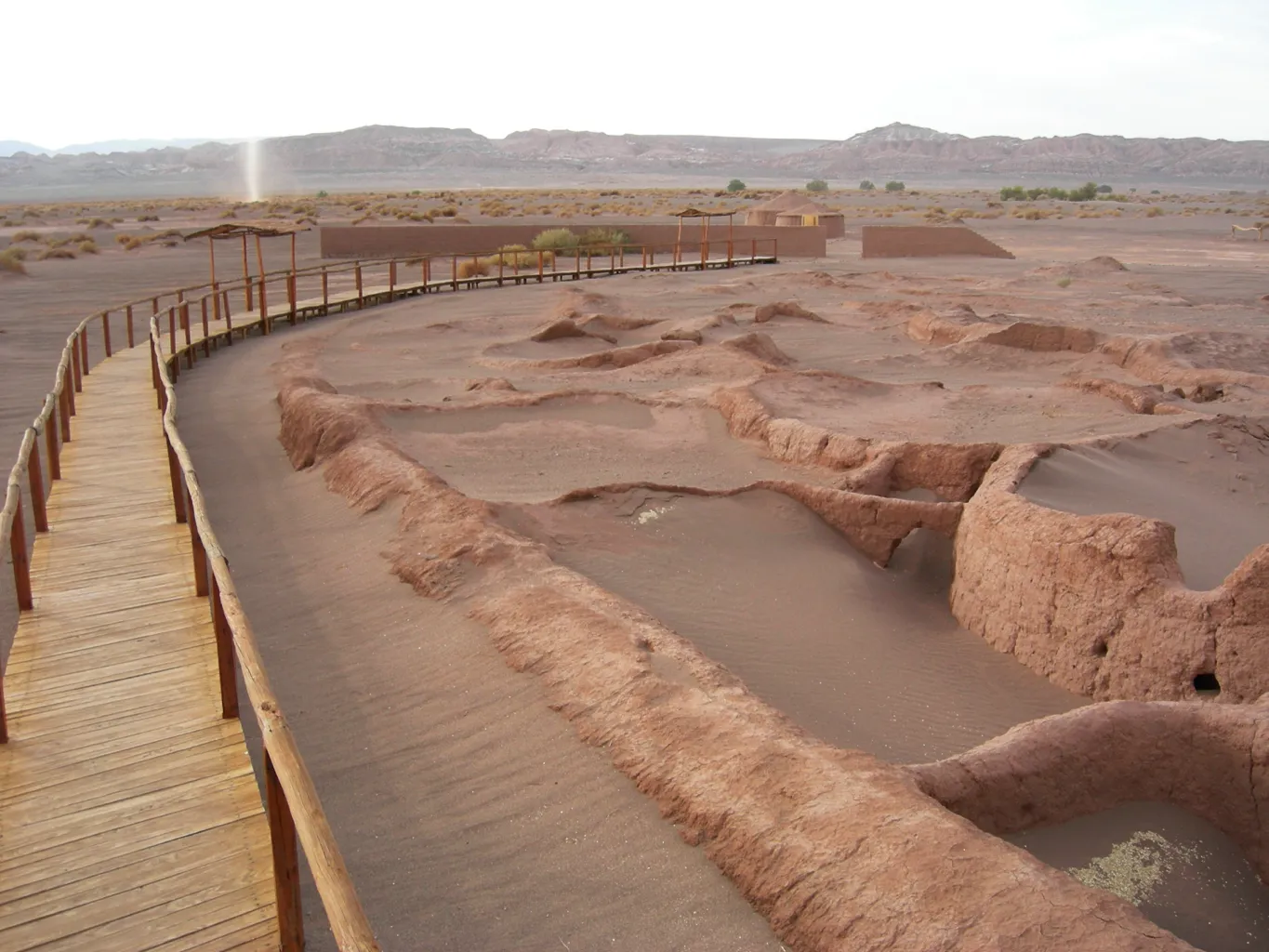
Modern Challenges and Preservation Efforts
Tulor faces ongoing threats from climate change. Advancing sand dunes, rain, and wind have damaged the site, compounded by human activity. Recognizing this, the World Monuments Watch program listed it among the most endangered archaeological sites in 2005.
Today, Tulor represents Chile’s first cultural heritage management transfer to an indigenous organization. This initiative, publicly recognized by the Chilean state in 2002, awarded the Atacameña community of Coyo for their conservation efforts. A strategic alliance involving the Indigenous Community of Coyo, National Forestry Corporation, National Monuments Council, and National Indigenous Development Corporation supports Tulor’s protection and enhancement.
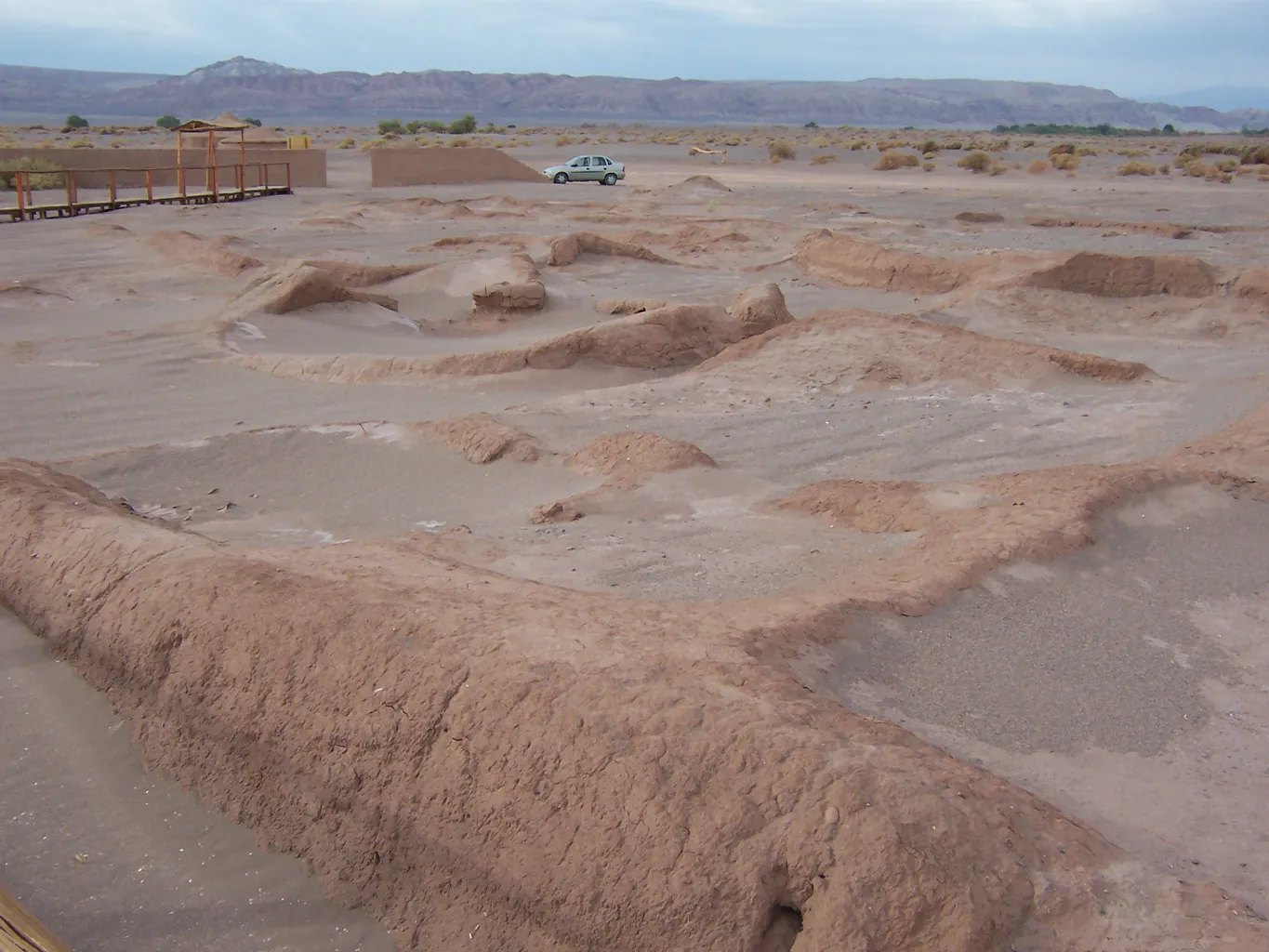
Conclusion
The ancient village of Tulor stands as a testament to a rich, interconnected past. Despite modern threats, efforts continue to preserve this invaluable cultural heritage. Through strategic alliances and community involvement, Tulor remains a vital link to our shared history.
Sources:


